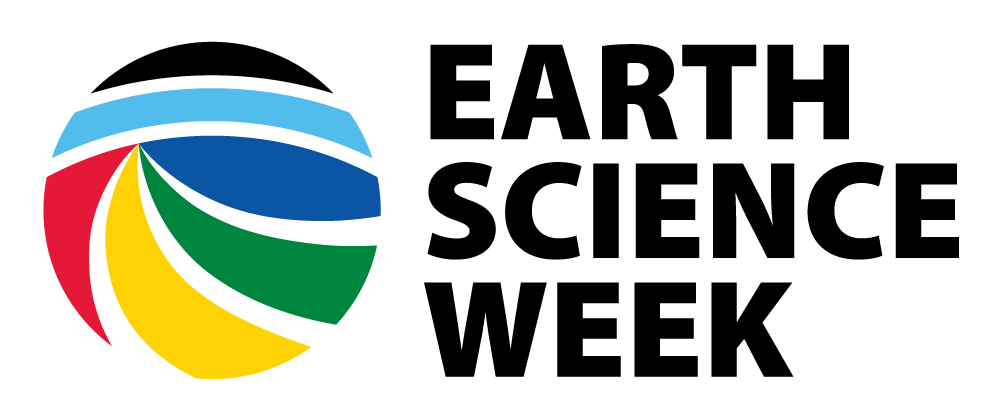Fossil Formation Activity Source: Society of Petroleum Engineers. Adapted with permission.
Have you ever seen a fossil? A fossil is any evidence of past life preserved in sediments or rocks. Do you think you could have dinosaur fossils in your family car’s gas tank? Did you ever hear that oil and natural gas are “fossil fuels”? Do you think oil and natural gas can be made from fossils? How long do you think it takes fossil fuel to form?
[Read More]
Geography of a Pencil
Geography of a Pencil Activity Source: National Geographic. Adapted with permission.
How is the world connected to the pencil you hold in your hand? Complete this activity to find out.
For the teacher:
Before starting the activity, visit natgeoed.org/mapmaker- kit online. In the Mapping section, click “MapMaker Kits.” Assemble the World Political MapMaker Kit Mega Map for large- group instruction, or the tabletop map for work in smaller groups. Watch the assembly video included on the MapMaker Kit web page for more instructions on assembly.
[Read More]
Geologic Age
Geologic Age Activity Source: Adapted from the USGS Learning Web Lesson Plans
Background At the close of the 18th century, the haze of fantasy and mysticism that tended to obscure the true nature of the Earth was being swept away. Careful studies by scientists showed that rocks had diverse origins. Some rock layers, containing clearly identifiable fossil remains of fish and other forms of aquatic animal and plant life, originally formed in the ocean.
[Read More]
Geologic Time Scale Analogy
Geologic Time Scale Analogy Activity Source: Ritger, S.D. and R.H. Cummins. 1991. Using student-created metaphors to comprehend geologic time. Journal of Geological Education. 9:9-11.
Purpose To introduce students to the vastness of [geologic time](/content/geological- time-scale) and the concept of scale.
Background Unraveling time and the Earth’s biologic history are arguably geology’s most important contributions to humanity. Yet it is very difficult for humans to appreciate time beyond that of one or two generations, much less hundreds, thousands, millions and billions of years.
[Read More]
Geoscience and Petroleum Careers
Geoscience and Petroleum Careers Activity Source: SEED (SLB Excellence in Educational Development). Adapted with permission.
What adventures await you as a student of the Earth sciences? How about a career as a scientist or engineer working for the world’s largest oilfield services company? SLB employees invent, design, engineer, and apply technologies to help customers find and produce oil and gas more efficiently and safely — often in remote and challenging locations.
[Read More]
Getting the Oil Out
Getting the Oil Out Activity Source: Society of Petroleum Engineers. Adapted with permission.
Artificial lifting systems, or pumping units, are used to help pull oil out of reservoir rock and pump it up a well. A down hole pump in the well is connected to the pumping unit by steel rods, which are screwed together.
The pump is activated from the up and down movement of the pumping unit on the surface.
[Read More]
Glacier Slide
Glacier Slide Activity Source: National Park Service
Objective You will be able to describe how a glacier carves an area and label the characteristics formed by the glacier’s movement.
Background There are many glaciers all over Alaska. Flying into Lake Clark National Park and Preserve through Lake Clark Pass, you will see many glaciers. These glaciers were growing during the last Ice Age. Now many are retreating because Alaska is getting warmer.
[Read More]
Gold Panning
Gold Panning Activity Source: Adapted with permission by Adrienne Barnett, Chabot Space & Science Center, Oakland, California.
“Thar’s gold in them thar classrooms!” History meets Earth science in the fun, hands-on activity below.
Some gold deposits, or lodes, are found in veins of fractured rock. After millions of years of weathering, gold nuggets and flakes are eroded out of the veins and carried away by streams and rivers. Gold is 19 times heavier than water and tends to settle on the bottom and in the bends of rivers, streams, and lakes with sand and gravel, forming deposits called placer.
[Read More]
How Dangerous Are Tsunamis?
How Dangerous Are Tsunamis? Activity Source: Adapted with permission by Geological Society of America. Imagine playing beside the ocean, when suddenly, the water drops. Where the water used to be, there are wriggling fish and ribbons of seaweed. What do you do?
You could be seeing the first sign of a tsunami ─ a long wave formed in the ocean when the sea floor moves suddenly. Most tsunamis happen because of large earthquakes on the ocean floor.
[Read More]
How Natural Gas Forms
How Natural Gas Forms Activity Source: American Association of Petroleum Geologists.
Adapted with permission from American Geosciences Institute in collaboration with Project SEED.
Think about the energy you use every day to cook, cool your home, or travel. For most of us, the main sources of this energy are fossil fuels: coal, oil, and natural gas. Whether used directly, as gasoline, heating oil, or natural gas, or to generate electricity (by burning coal), fossil fuels are a big part of the world’s energy picture.
[Read More]
